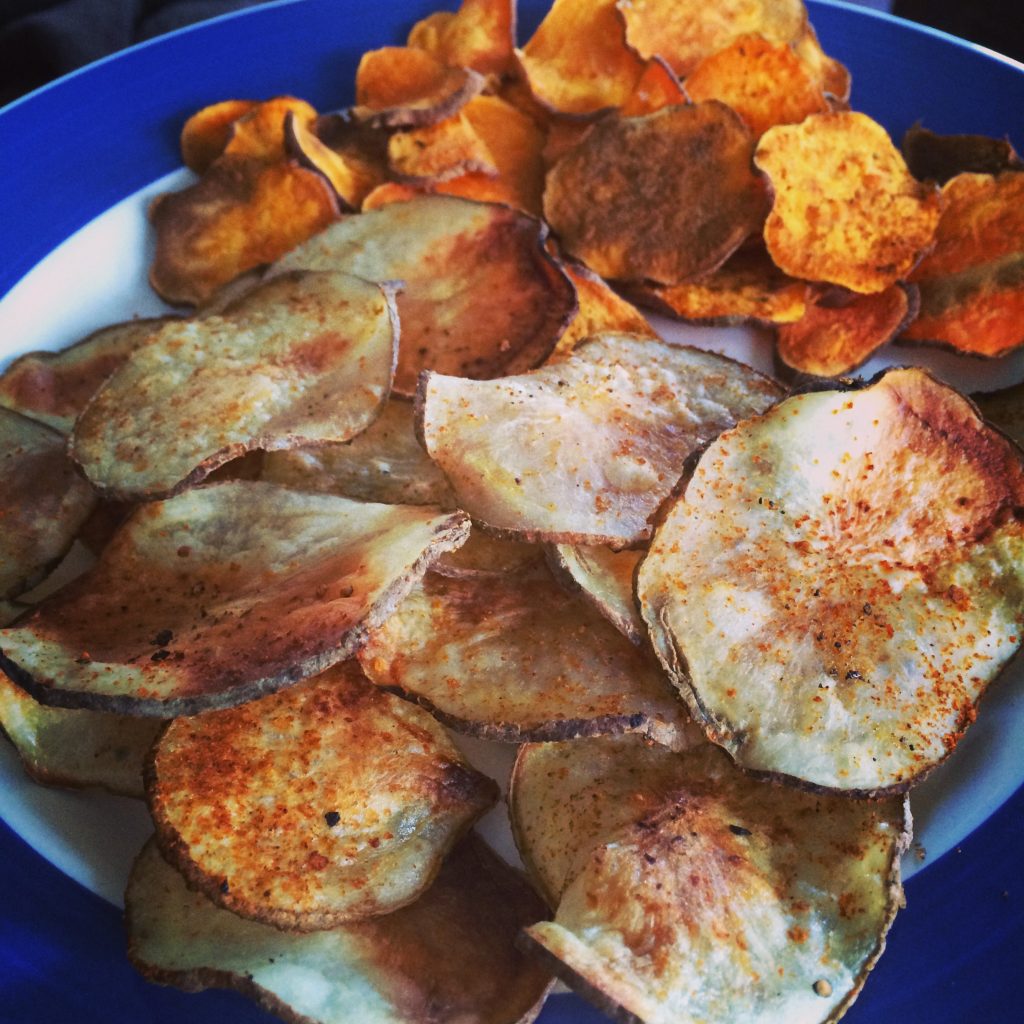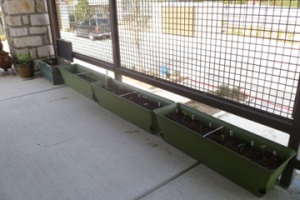And no, I’m not talking about the grocery store. I taught a workshop yesterday at Shane Diet and Fitness Resorts on this very topic and thought it would make for a good blog post for my readers as well. The workshop was paired workshop with a cooking demo: Tomato and black bean salsa with homemade (baked) tortilla chips.
So what exactly is considered a whole food?
A whole food is a food that has been processed or refined as little as possible and is free from additives or other artificial substances.
So, for example, the tomatoes that we diced and used in our salsa recipe were a whole food. Apart from being grown, picked, and shipped, those tomatoes were untouched and unprocessed when we bought them for our demo. Any processing thereafter we did ourselves (dicing and adding to other various whole foods to make the salsa).
Whole foods may be organic, locally grown, or pesticide-free, but not necessarily. A whole food is simply a food in its natural state, with all of its nutrients and health benefits intact.
The opposite of whole foods are highly processed foods. Let’s take the potato chip for example. The whole potatoes are first sent to a processing plant where they are inspected. The ones that make it through the inspection are then placed on a conveyer belt, which moves them through the various stages of processing. The potatoes are then peeled, washed in cold water, passed through a revolving impaler that cuts them into paper-thin slices, thrown into a second cold-water wash, chemically treated to enhance their color, passed under air jets that remove excess water as they flow into troughs filled with hot oil for frying, pushed through the oil, salted and sprinkled with various flavorings, then onto the packaging process. I’ll spare you the rest of the details, but I think you can see the difference between eating a whole food (a potato) that was simply grown and harvested, and a processed food (a potato chip) where many of the nutrients the original food had are lost in the refinement process.
So let’s put this in perspective of our normal every day lives. On one end of the spectrum you have someone who grows their own fruits and vegetables, has their own chickens that hatch their own eggs, and raises their own livestock that eats hay from their pasture and drinks the water from their own creek. This person knows exactly where all of their food comes from, the components of each food, and any processing that their food endures is in their own kitchen– like with my homemade potato chips.
At the other end of the spectrum is the person who goes through the fast food drive through. They have no idea where their food came from, what kind of processing it went through, or how it was cooked or prepared. The meat in a single fast food burger could come from dozens or even hundreds of cows. And I’m not even going to start going through the steps of processing in a fast food burger or you would be reading for the rest of the day.
How can we get closer to the healthier end of the spectrum? By buying whole foods from the grocery store or farmers market and preparing them ourselves, and by knowing where our food came from and what was done to it before it made our way to our plates.
Another benefit of whole foods: they’re cheaper! A lot of people have the misconception that eating healthier means spending more money in the grocery store. But that’s simply not true. The more processed things are, the higher the food cost. A 16oz family size bag of potato chips (averaging $4.00) is going to cost way more than 16oz of plain potatoes. Five times more, to be exact.
Same thing with our salsa. It was much cheaper to buy the whole ingredients than buying a pre-made salsa. It tasted fresher, had less sodium and preservatives,and significantly more vitamins and antioxidants– intact because we started with whole ingredients like red peppers, onion, fresh cilantro and parsley.
So the basic lesson here is that the more involved you are in your food, the healthier your meal will be.
I’m not saying that you need to cut out all processed foods from your diet. The goal is just to decrease the number of processed foods you eat with a line of ingredients longer than a newspaper article and increase your consumption of whole foods.

My mini balcony garden!
